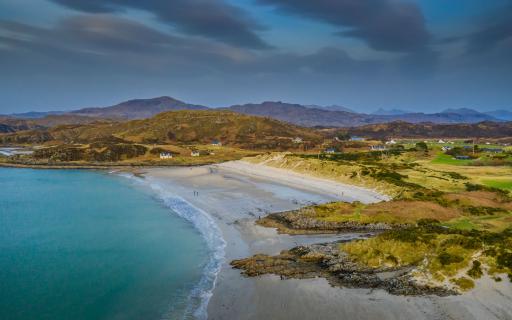
The Small Isles
Curving in a rainbow in the waters off the Lochaber coast, each of these four islands of the Inner Hebrides has its own distinctive character. Designated a National Scenic Area, the Small Isles are rich in archaeology and history and abundant with wildlife and culture. Traditional music is still very much part of the community scene with regular ceilidhs being held for one and all to enjoy.
Only foot passengers and cyclists can sail to the Small Isles from the two harbours of Mallaig and Arisaig (the latter summer only), leaving vehicles and the faster-paced mainland life behind. With relatively few people living on any of the four islands, they are a haven for wildlife. Thousands of seabirds including puffins and Manx shearwater can be spotted here, along with regular sightings of sea eagles, otters, porpoises and whales. For time spent well off the beaten track and in nature, these attractive little islands of the Inner Hebrides are the ideal destination.
Plan your visit

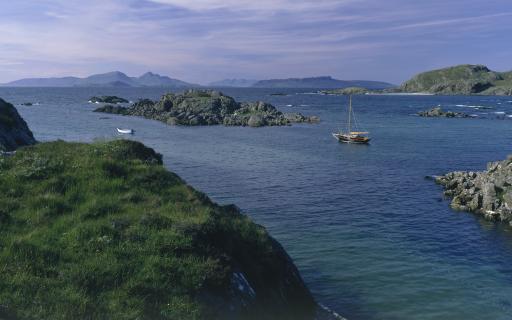
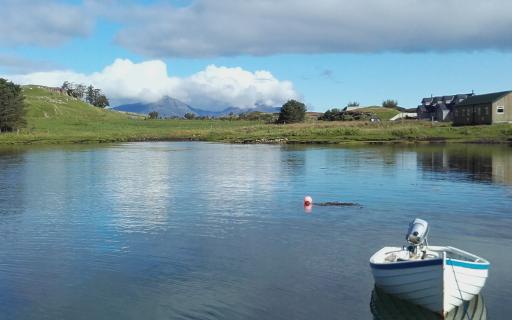
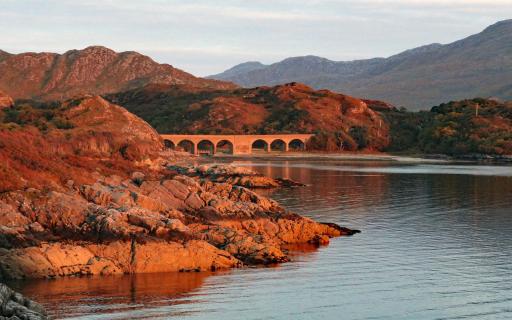
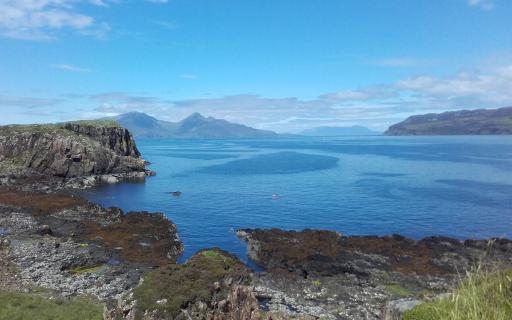
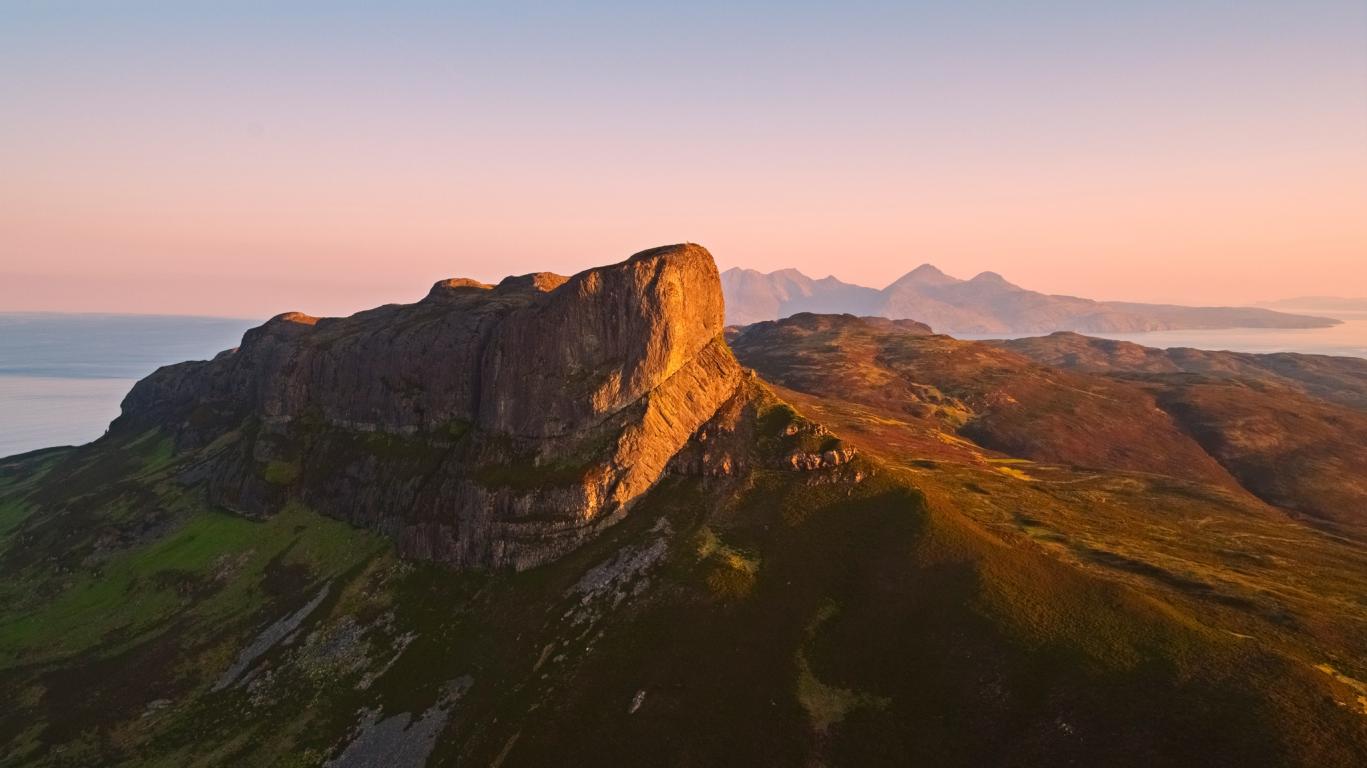

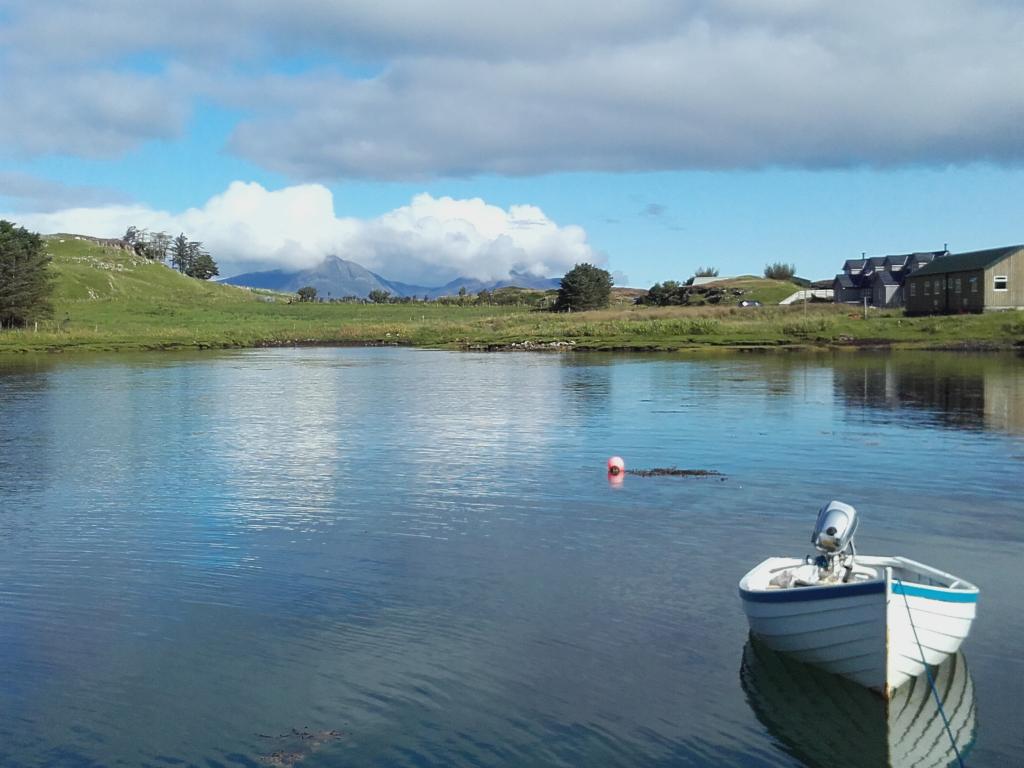
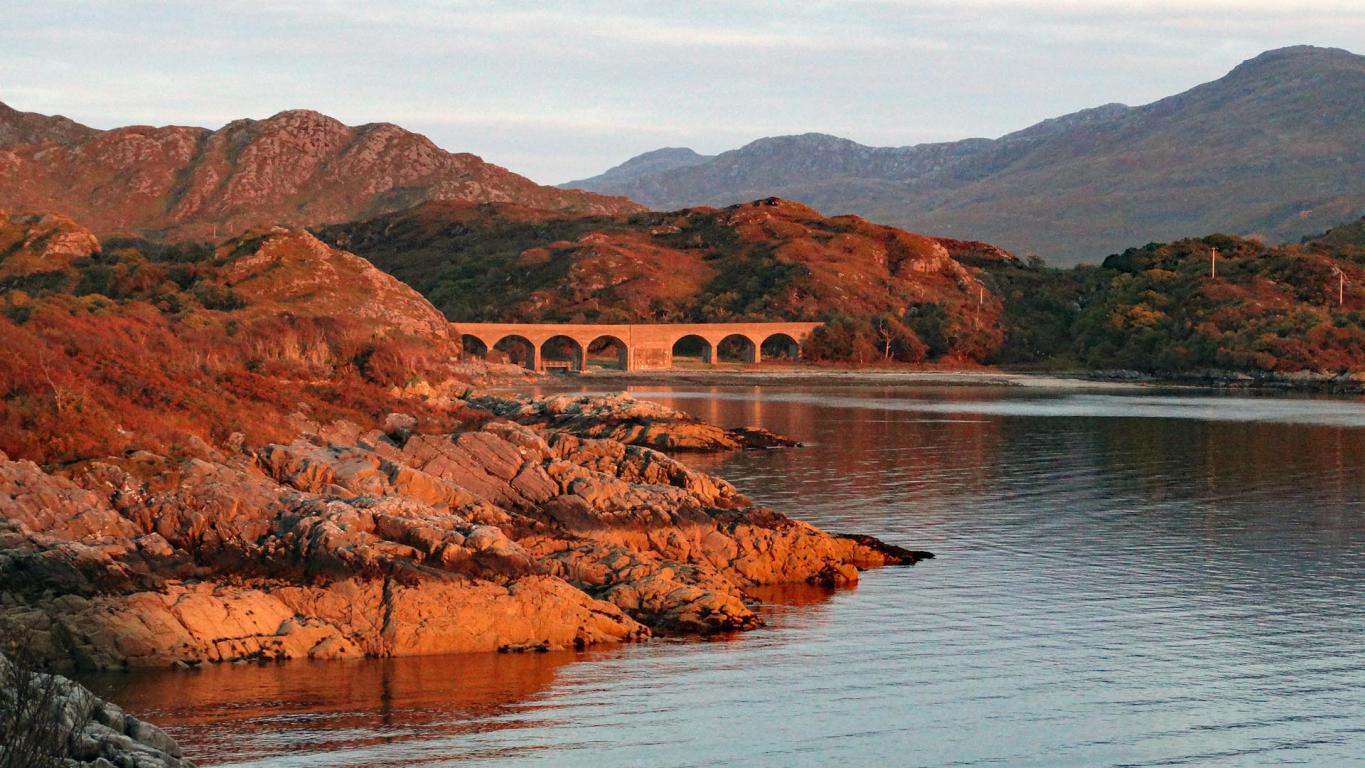
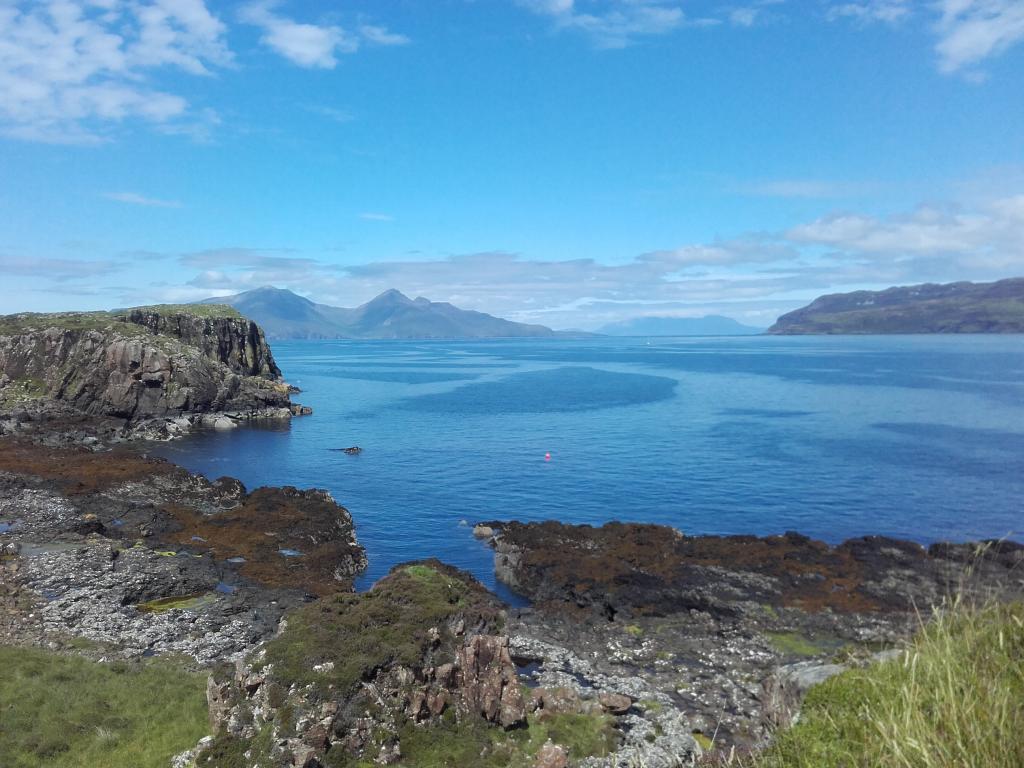
Get Inspired
Pearl of Pearls
Explore the natural beauty and the call of the Small Isles through this curious poem.
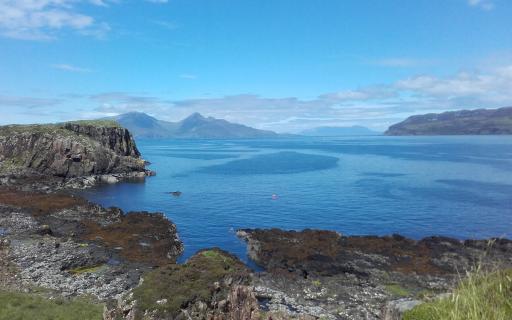
The Ferry Bar
"...great times, they were really great times."
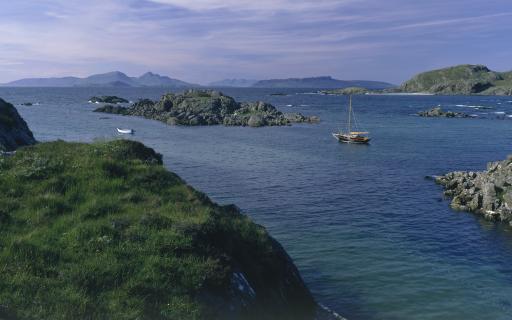
Gibson and Trixie on the Beach Path
Experience the beauty of Camusdarach Beach looking over to the Small Isles through this inspiring poem.
